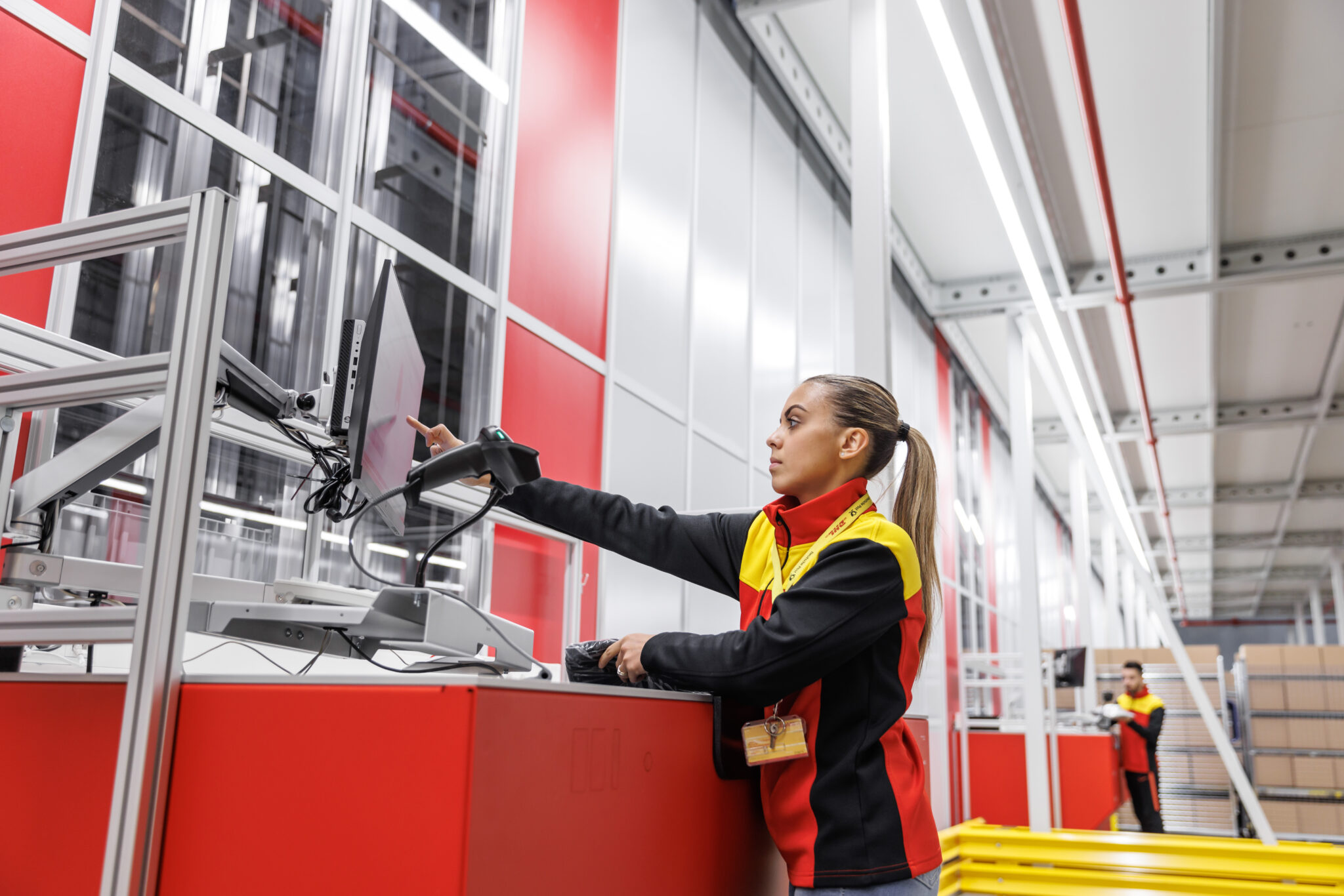An omnichannel warehouse differs from a traditional warehouse as it manages incoming orders from offline store, online webshop, and other possible channels. Megvii Automation & Robotics delve into why omnichannel warehouses are necessary and how they impact warehouse configuration and operations.
What is Omnichannel?
Before defining an omnichannel warehouse, it’s crucial to understand omnichannel commerce, which these warehouses support. Omnichannel is a kind strategy focused on providing seamless customer experiences across multiple channels, instead of providing a fragmented experience on independent channel. Statistics show that more than half of buyers always check a product online before buying through a physical store, and sometimes they purchase online after visiting the offline store. Omnichannel strategy is aimed to create a consistent experience at every touchpoint, whether customers shop online from apps, websites, emails, brick-and-mortar stores, social media channels, etc.
Omnichannel vs. Multichannel: What’s the Difference?
You may have heard the term ‘Multichannel’ and wondered about its differences from omnichannel. Here’s a breakdown:
Multichannel: Selling your product on various channels, which your customers can use to interact with you. You interact with customers via online or offline channels.
Omnichannel: Similar to multichannel, but it connects all channels. This means customers have a seamless experience across every platform. Without multichannel, there is no omnichannel.
Benefits of Omnichannel
– Boost Customer Experience and Loyalty:
Omnichannel strategies allow businesses to unify inventories for online and offline sales channels, integrating the entire process. This provides customers with unparalleled access to inventory and quick order fulfillment, creating a streamlined shopping experience. Improved customer experience leads to higher satisfaction and loyalty, with customers more likely to recommend the brand.
– Increase Sales and Revenue:
Studies show omnichannel customers spend more than single-channel customers. If customers can’t purchase goods through their preferred channel promptly, they may abandon the purchase. Omnichannel offers multiple purchasing options, enhancing the likelihood of sales. It also guarantees timely delivery, crucial for purchase decisions. Comprehensive inventory management prevents stockouts in individual channels, further boosting revenue. Omnichannel customers spent an average of 18% more compared to single-channel shoppers.
– Reduce Warehouse Footprint Costs:
Omnichannel fulfillment optimizes logistics and supply chain operations, efficiently fulfilling orders across channels. Retailers can use physical stores as fulfillment centers, leveraging existing infrastructure to expand their online reach.
– Better Understanding of Customers:
Effective data analytics help retailers understand online and in-store customer preferences, enabling more personalized experiences.
What Is an Omnichannel Warehouse?
After acknowledging what is omnichannel commerce, it would be easier to understand what omnichannel warehouse is and why it is so important to upgrade your traditional warehouse to an omnichannel warehouse.
In omnichannel supply chains, orders come from various sources, including store replenishments and e-commerce orders, putting pressure on order fulfillment infrastructure. Unlike traditional warehouses, omnichannel warehouses seamlessly execute order fulfillment (receiving, put-away, retrieving, picking, packaging, and shipping) for multiple channels within a single facility. The variation in order types contributes to diverse goods sizes, storage and picking formats, and packaging standards. Large retailers with extensive SKU mixes often implement varied automation solutions within the warehouse to meet these needs.

Omnichannel warehouses require more investment due to their complexity, shorter fulfillment times, and larger footprint. The Matrix8 solution can simplify omnichannel warehouse configuration. Matrix8, developed by MEGVII, integrates three modular subsystems to streamline fulfillment processes, employing heterogeneous robots in a single zone for comprehensive SKU storage and picking.
– MATRIX8 Storage Subsystem:
This high-density dynamic pallet storage system uses MEGVII self-developed four-way shuttle technology, offering high density, flexibility, and scalability. It supports high throughput, with some projects achieving up to 1000 pallets/hour. The MATRIX8 Storage+ subsystem combines four-way shuttles with AMRs for ground-level storage and retrieval, extending connections to picking stations and production lines.
– Matrix8 Hybrid Handling Subsystem:
The system employs heterogeneous robots in the same area to handle different types of container. Each robot type performs specific tasks, maximizing handling capacity and efficiency. The modular design allows flexible combinations to meet customized needs.
– Matrix8 Hybrid Picking Subsystem:
This G2P picking subsystem supports mixed storage of various container types, maximizing space utilization and eliminating subsequent consolidation processes. It optimizes picking processes for 2B and 2C business scenarios, enhancing efficiency.
Combining all three subsystems, Matrix8 supports comprehensive SKU storage, handling and picking, simplifying processes and reducing warehouse footprint.
read more




